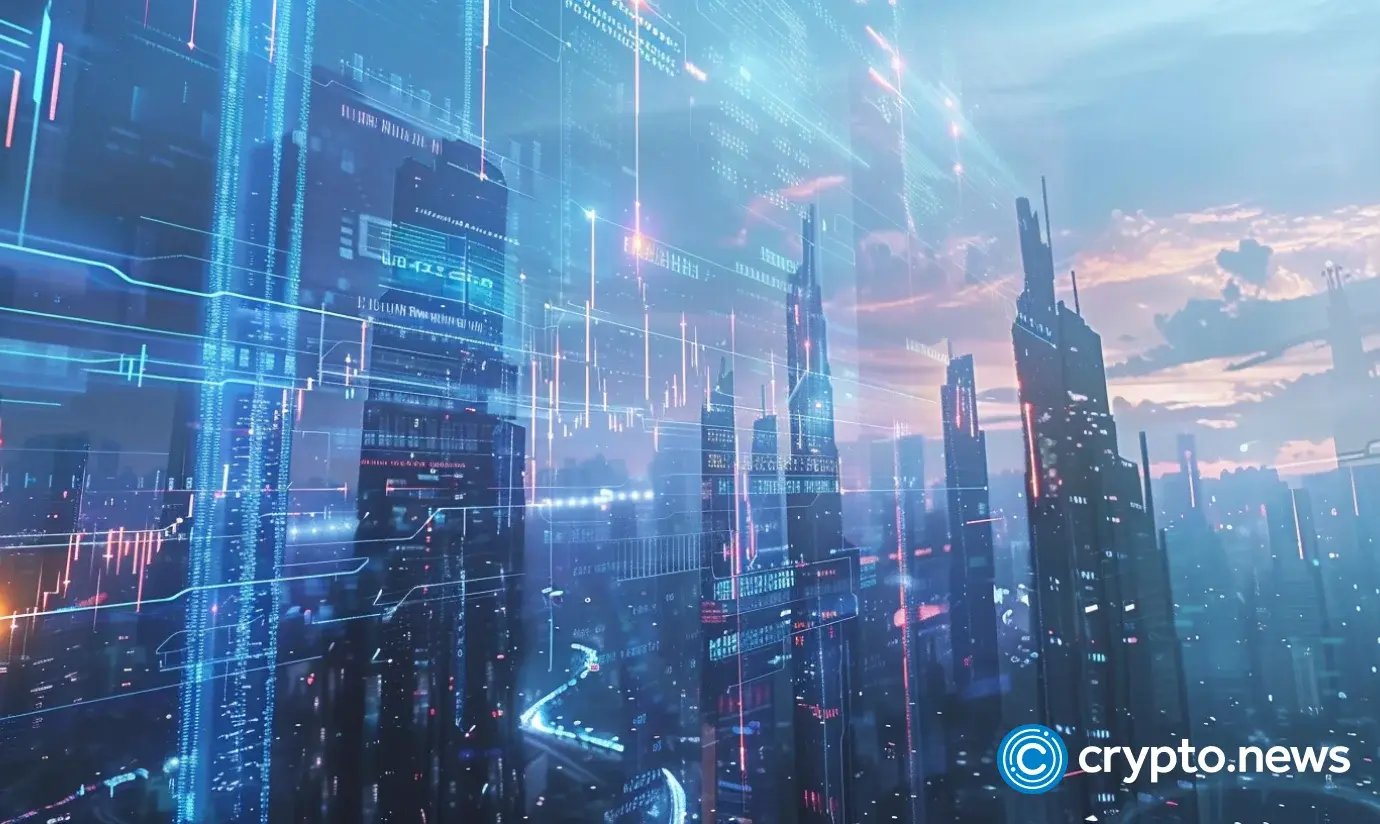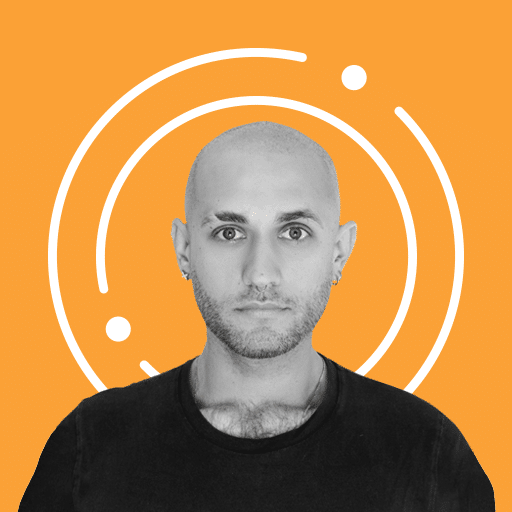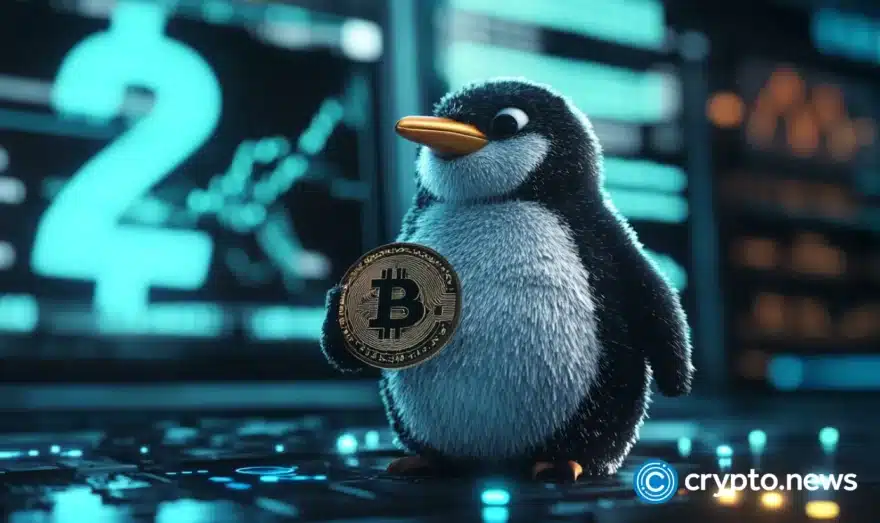What does crypto’s growth mean for the future of DAOs? | Opinion

Disclosure: The views and opinions expressed here belong solely to the author and do not represent the views and opinions of crypto.news’ editorial.
I recently wrote about crypto stabilizing partially thanks to regulatory clarity alongside the growing and valuable role of traditional finance (tradfi) players. But as the industry has been inundated with discourse surrounding Bitcoin ETFs, the role of institutions, AI’s blockchain aspirations, and heightening, yet still unclear, regulatory activity, DAOs have been pushed out of the limelight.
Even before the previous bull run, DAOs became a popular avenue for blockchain-based entities to rid themselves of centralized leadership by becoming member-owned communities managed through a decentralized computer system using smart contracts.
This system gave projects an inroad for decentralized fundraising, granting voting rights and critical decision-making to those participating in the funding. As the crypto market increased 12-fold between early 2020 and late 2021, investor interest grew in the blockchain space, with many VCs preferring to invest in tokens over equity in a web3 startup.
The World Economic Forum even wrote about DAOs potentially being the “business structures of the future,” calling them the “natural entity of web3.” Now, as the crypto industry trends up in both retail and institutional activity, and the industry can once again boast about innovations—particularly in defi and tokenized real-world assets—it only makes sense to wonder what the role of DAOs will be going forward.
Peering into the DAO crystal ball
As full-fledged business entities, DAOs face an unclear legal status, but that hasn’t limited their expansion. DAOs are no longer confined to lending and borrowing protocols, exchanges, funding, and gaming; they can now expand to facilitate community-building, bloom collaborations, and spark innovation.
For example, Friends With Benefits is a type of social DAO focused on community and relationship building and fostering creativity while giving its members full access to exclusive events and gatherings—both in-person and online. It also serves as a professional network for developers, artists, and creative content creators to collaborate and find inspiration.
The DAO route is also becoming desirable for memecoin and NFT projects that already have large, dedicated followings. A recent example here is the Elon Musk-inspired memecoin project Dogelon Mars, which recently transitioned to a DAO following an anonymous donation of $350,000. Upon receiving the funds, its team turned to their community to see what should be done with the donation. Unsurprisingly, the community overwhelmingly opted to burn the equivalent amount of the donation in Dogelon Mars’s native $ELON token to boost its scarcity.
Strong and vocal communities make NFT, web3, and gaming projects perfect candidates for DAO structures. While still leveraging blockchain technology, some DAOs operate in new ways that interact with the world outside of web3.
VitaDAO, for instance, is a community-owned collective that funds and supports research into longevity to improve people’s quality of life. Members holding VITA tokens can select specific research projects for the DAO to support while contributing to governance decisions—with the ultimate goal of making progress in the fight against age-related diseases.
As blockchain technology grows in use cases, expect to see more DAO use cases as organizations seek to give power and a voice to their communities.
Like most aspects and sectors within the broader crypto and blockchain ecosystem, DAOs offer undeniable advantages and benefits alongside unique challenges and complexities. Ultimately, their effectiveness comes down to how they navigate and manage community relations and regulatory uncertainty, and how they execute their vision.













